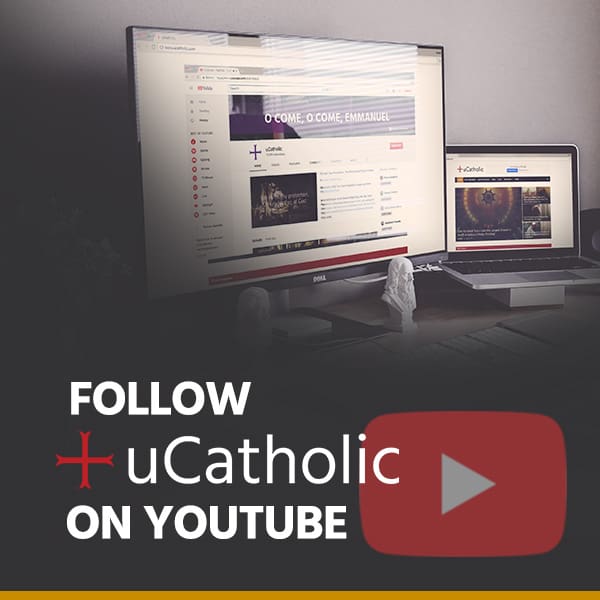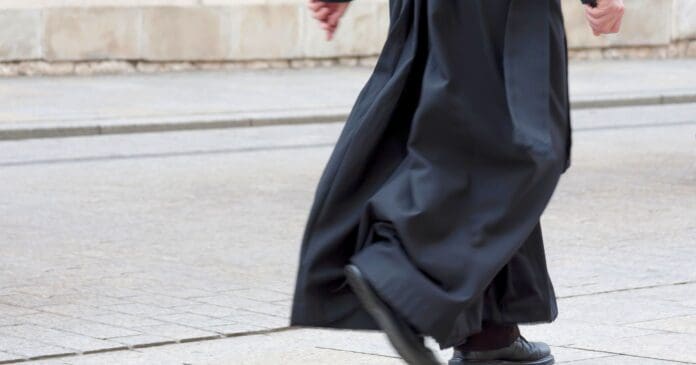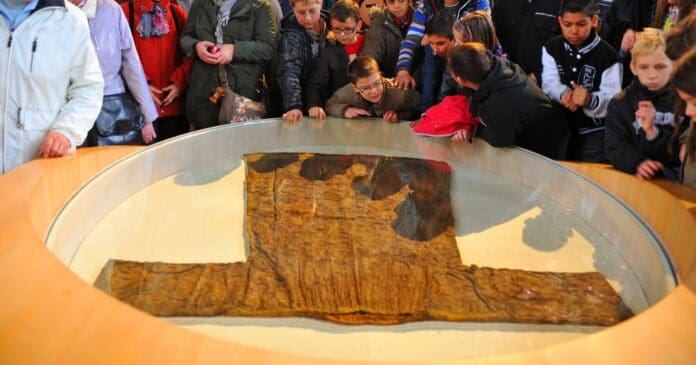The only official requirements to being elected pope are to be male and to be a baptized Catholic. However, don’t hold your breath – the last time a non-Cardinal was elected was over 600 years ago. That makes being elected to the papacy an incredible and literally once in a life time honor, to be elected the actual Vicar of Jesus Christ. In fact, old Church traditions would have the pontiff-elect refuse the office twice to show the proper reverence before finally accepting. But can you believe there was a pontiff who held the office of the papacy not once or twice, but three total times?
The papacy of Pope Benedict IX is the one of the most unique in the Church’s history. He was the youngest pope ever elected, the first verified pope to ever resign, and the only person to ever hold the office more than once – a total of three times.
Born Theophylactus of Tusculum, he first ascended to the papacy at the age of 20, although some historians place his age at 11 or 12. He began his first and longest term as pope in October of 1032, taking the papal name Benedict IX. it is traditionally said he led a rather dissolute life, and his young age and inexperience made him unqualified for the papacy. However, in matters of theology and Church functions he was entirely orthodox.
In 1044, Benedict IX was deposed by a crowd who drove him from the Lateran Palace over charges of immorality and living a scandalous lifestyle, ending his first term as pope. Pope Sylvester III was elected to succeed him. However, Sylvester III did not sit on the Chair of Peter for more than four months before Benedict IX returned with an army and retook the papacy in the Spring of 1045, beginning his second term.
Not even a month passed in his second term before Benedict IX decided he wished to marry. Benedict IX offered the papacy to his godfather, John Gratian, provided he pay him a hefty sum in return for becoming Pope Gregory VI in 1045. However, Benedict IX soon became bored with life and returned to Rome in 1046, taking the city and the the papacy with it, while Gregory VI continued to be recognized as the true pope. At the same time, Sylvester III reasserted his claim to the papacy.
With three separate claims to the papacy, Emperor Henry III called for the Council of Sutri, in which all three claimants were deposed, and Pope Clement II installed as the new pope. However, Benedict IX did not accept his deposition, and when Clement II died of mysterious causes in in 1047, Benedict IX again seized the throne by force, beginning his third term in November of 1047.
In July of 1048, Benedict IX was forced out of Rome by German soldiers, ending his third term, and then excommunicated for failing to appear on charges of simony. He was sent to live out the end of his days at the Abbey of Grottaferrata. The abbot recounted that before his death in 1056, Benedict IX repented for his sins, made penance, and was welcomed into full communion with the Church.
All three terms of Pope Benedict IX were strife with harsh accusations of living an immoral, scandalous, and dissolute life. However, the late Oxford University historian Reginald Lane Poole suggests these accusations were made by his incredibly hostile political enemies, saying that,
“In a time of acute political hostility, accusations, as we know too well, are made and are believed, which in a calmer time would never have been suggested.”
Editorial credit: Zvonimir Atletic / Shutterstock.com








 Ryan Scheel is the founder and chief editor of uCatholic.
Ryan Scheel is the founder and chief editor of uCatholic.





















